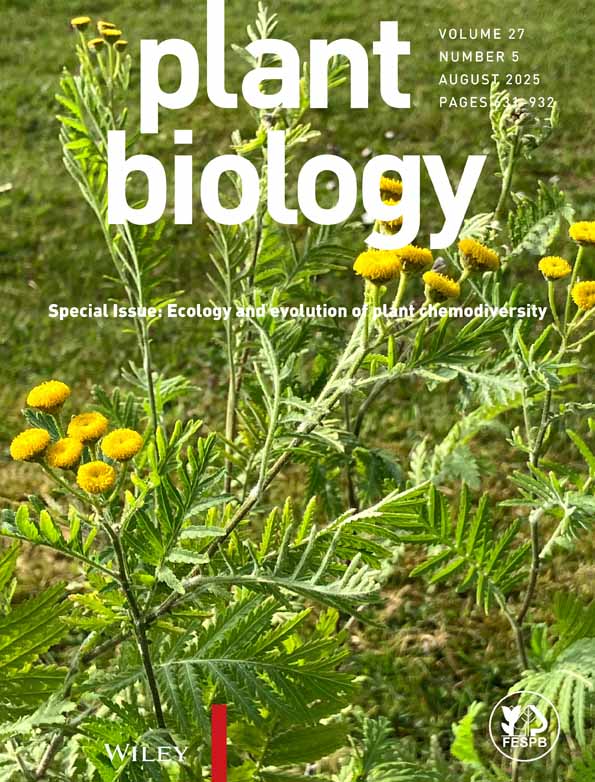Flexibility in CO2 — Fixation Pathway of a Highland Kalanchoë, Kalanchoë petitiana A. Rich.
Abstract
Photosynthetic flexibility and water use efficiency of Kalanchoë petitiana A. Rich., a facultative CAM plant endemic to the highlands of Ethiopia, were investigated to determine the physiological determinants for the ecological success of the plant. Both field measurements of δ13C and greenhouse gas exchange studies showed a shift from C3 photosynthesis to CAM as leaves aged or at the onset of water stress. Recycling of CO2 was observed in developing leaves without concomitant net CO2 uptake. Accumulation of malate was positively correlated with increased cell sap osmolality and improved daily water use efficiency. The importance of flexibility in carbon uptake pathway and of recycling CO2 for the ecological success of the plant is discussed.




